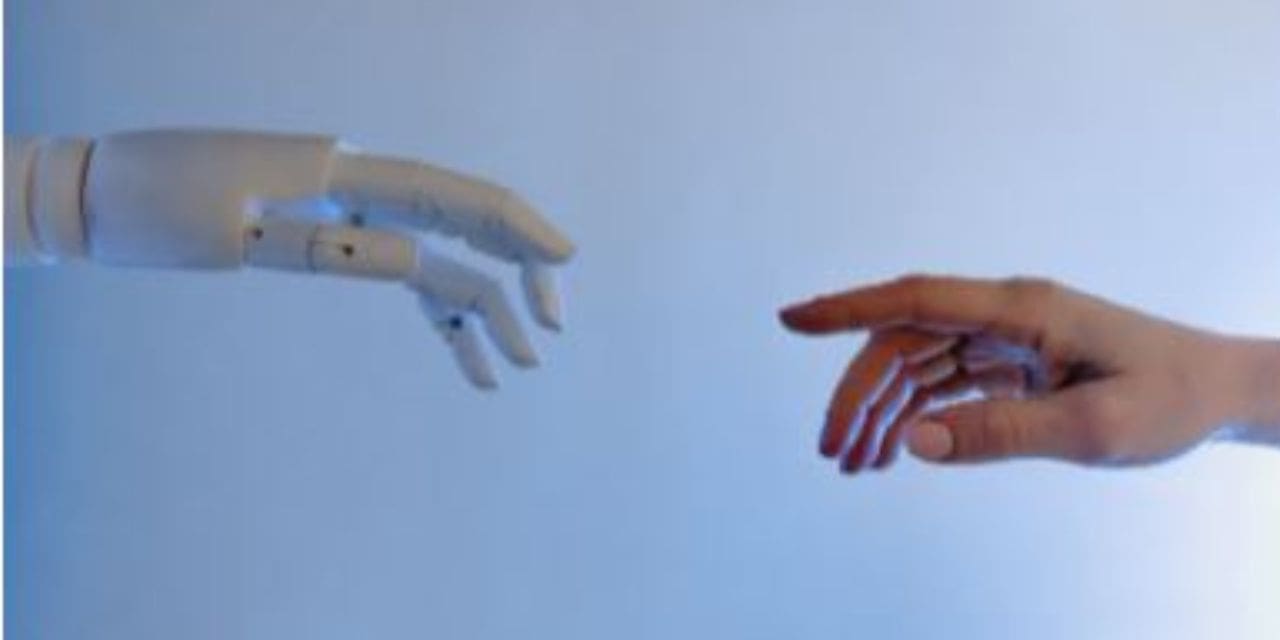(this is the article featured Image and it’s from https://www.pexels.com)
Introduction
The fashion industry is constantly evolving, driven by innovation and a desire to stay ahead of the curve. As technology advances, artificial intelligence (AI) has become an integral part of this dynamic landscape, playing a crucial role in shaping the future of fashion and textiles. This article will delve into the various ways AI is transforming these industries, from data analysis and personalized marketing to smart manufacturing and sustainability.
The Intersection of Artificial Intelligence and Fashion The application of AI in the fashion industry is vast, offering numerous benefits across different areas. Some key applications include:
Data Analysis and Consumer Insights
AI algorithms are now capable of analyzing large amounts of data, allowing fashion brands to better understand their customers preferences and needs. This helps them create products that cater to specific target markets and make informed decisions on inventory management and pricing strategies.
Personalized Marketing
By leveraging AI-powered tools, fashion companies can create personalized marketing campaigns to engage customers more effectively. For example, a Cut and Sew Manufacturer can analyze customers & shopping behaviors and preferences to deliver tailored content and product recommendations. This approach not only enhances the overall shopping experience but also helps brands better understand their target audience.

(https://www.pexels.com/photo/clear-light-bulb-355948/)
Visual Search
Visual search technology powered by AI allows users to search for products based on images rather than text. This enables customers to find items similar to those they’ve seen in photos, making it easier for them to discover new products and styles.
AI-driven Design
AI is transforming the design process in the fashion industry, revolutionizing how trends are predicted and how designers create new collections.
Trend Forecasting
Through the analysis of social media, search engine queries, and other data sources, AI can predict upcoming trends and identify potential shifts in consumer preferences. This helps fashion companies stay ahead of the curve and create products that align with the latest trends.
Automated Design Tools
AI-powered design tools can assist designers in creating new styles and patterns by generating suggestions based on previous designs or trending styles. This not only enhances the creative process but also helps reduce the time and effort required for design iterations.
Generative Adversarial Networks (GANs)
GANs are a type of AI that can create new designs by learning from existing data. By training these networks with images of fashion items, they can generate unique designs that can be incorporated into new collections.
Smart Manufacturing and Textiles
AI is also making its mark on the manufacturing and textiles side of the fashion industry:
Automation in Production
AI-powered robots and machinery are increasingly being used to automate repetitive tasks in garment production, such as cutting and sewing. Cut and Sew Manufacturer is an example of a company that leverages advanced technology to increase efficiency and lower labor costs in the fashion industry. This approach not only streamlines production processes but also ensures consistent quality across products.
Quality Control
Advanced computer vision systems and AI algorithms can detect defects and inconsistencies in textiles and garments, ensuring high-quality products and reducing waste.
AI-enhanced Textiles
Innovations in AI have led to the development of intelligent textiles, such as fabrics that can adapt to environmental conditions or change color according to the wearer's mood. These smart textiles offer a new level of functionality and customization in fashion.
The Role of AI in Sustainable Fashion
Sustainability is becoming increasingly important in the fashion industry, and AI is playing a crucial role in promoting eco-friendly practices:
Circular Fashion Models
AI can help fashion companies adopt circular business models, where products are designed to be used, reused, and recycled. By analyzing data on consumer behavior and product life cycles, AI can identify opportunities for extending the lifespan of garments and minimizing waste.
Eco-friendly Materials
AI-powered tools can help designers discover and develop new sustainable materials. By analyzing the properties of existing materials, these tools can suggest alternatives that are more environmentally friendly and have a lower carbon footprint.
Waste Reduction
AI can optimize production processes to minimize waste and make more efficient use of resources. For example, AI-driven cutting systems can maximize fabric usage, while machine learning algorithms can predict demand more accurately, preventing overproduction.
Sustainable Production Practices
AI can also help fashion companies adopt more sustainable production practices, reducing waste and conserving resources. For instance, a Cut and Sew Manufacturer can utilize AI-driven cutting systems to optimize fabric usage and minimize waste. Additionally, machine learning algorithms can help predict demand more accurately, preventing overproduction and contributing to a more eco-friendly fashion industry.
Challenges and Opportunities
Despite its transformative potential, the integration of AI in the fashion and textile industries also presents challenges. Concerns about job loss due to automation and potential biases in AI algorithms must be addressed. However, the opportunities for innovation, increased efficiency, and sustainability far outweigh these concerns, making AI a driving force for positive change in these industries.
Conclusion
Artificial intelligence is reshaping the fashion and textile industries, creating new opportunities for innovation, efficiency, and sustainability. By harnessing the power of AI, companies can stay ahead of the curve, cater to consumer demands, and contribute to a more sustainable future.
Acknowledgment
I would like to express my gratitude to the experts and researchers in the fields of artificial intelligence, machine learning, and fashion who have shared their knowledge and insights, enabling me to write this article. Additionally, I would like to thank the editorial teams at textile value chain for their valuable feedback and support in publishing this article, as well as my colleagues for their encouragement and constructive suggestions throughout the writing
process.
FAQs
1. How does AI help in predicting fashion trends? AI analyzes large amounts of data, such as social media posts, search engine queries, and consumer behavior, to identify patterns and predict upcoming trends.
2. What are some examples of AI-enhanced textiles? AI-enhanced textiles include fabrics that can adapt to environmental conditions, change color according to the wearer’s mood, or have integrated sensors for health monitoring.
3. Can AI help in reducing waste in the fashion industry? Yes, AI can optimize production processes to minimize waste and make more efficient use of resources, such as through AI-driven cutting systems and accurate demand prediction.
4. What challenges does the integration of AI in fashion and textiles present? Challenges include concerns about job loss due to automation and potential biases in AI algorithms. However, the opportunities for innovation and sustainability often outweigh these concerns.
5. How does AI contribute to sustainable fashion practices? AI can help fashion companies adopt circular business models, develop eco-friendly materials, and reduce waste through optimized production processes.
Author Name: Naji
LinkedIn: https://www.linkedin.com/in/najiqureshi/
Author Profile
Naji is the CEO of a start-up and a technology enthusiast with a passion for the latest advancements in artificial intelligence, machine learning, and their applications across various industries. With a keen interest in exploring the intersections of fashion, textiles, and cutting-edge technology, Naji seeks to uncover the transformative potential of AI in reshaping the fashion landscape.
Article Summary

This article explores the numerous ways artificial intelligence (AI) is transforming the fashion and textile industries. From data analysis and personalized marketing to smart manufacturing and sustainability, AI is playing a crucial role in shaping the future of these sectors. The article discusses AI&’s applications in areas such as trend forecasting, automated design tools, Generative Adversarial Networks (GANs), quality control, and intelligent textiles. It also highlights the role of AI in promoting sustainable practices, such as circular fashion models, eco-friendly materials, and waste reduction. The article concludes by addressing the challenges and opportunities presented by AI&’s integration into the fashion

